Dynatrace OpenPipeline: Stream processing data ingestion converges observability, security, and business data at massive scale for analytics and automation in context
Dynatrace
JANUARY 31, 2024
The exponential growth of data volume—including observability, security, software lifecycle, and business data—forces organizations to deal with cost increases while providing flexible, robust, and scalable ingest. During transport , data is prioritized, compressed and encrypted, ensuring data integrity and protection.

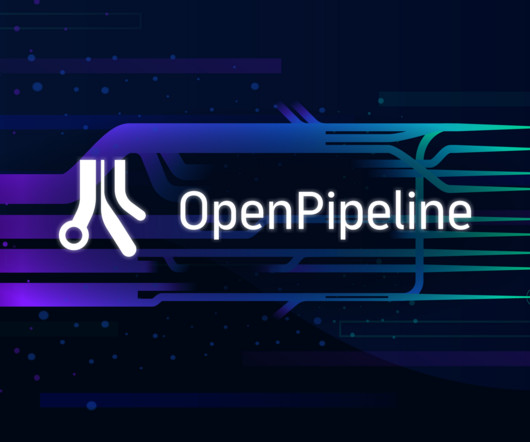
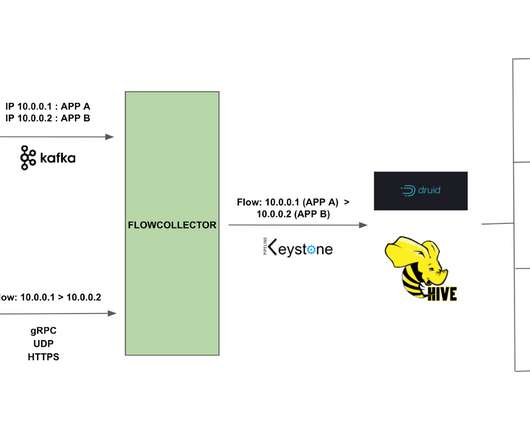

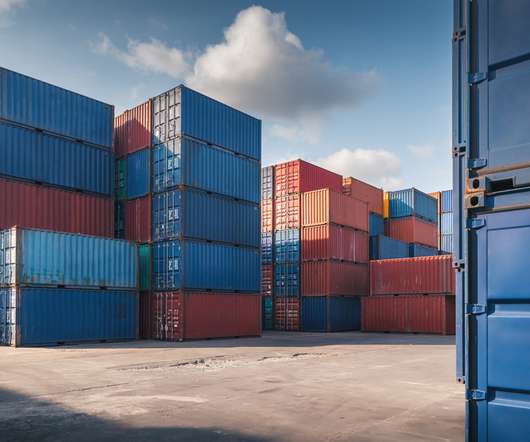


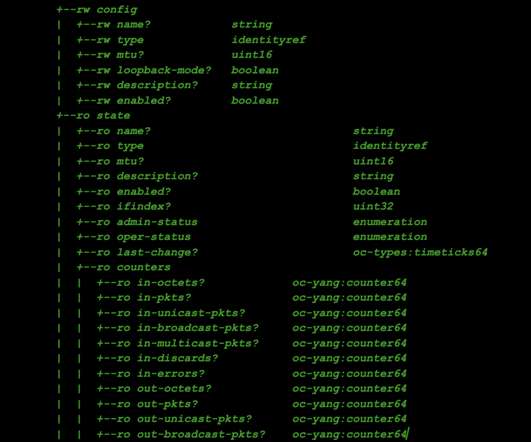







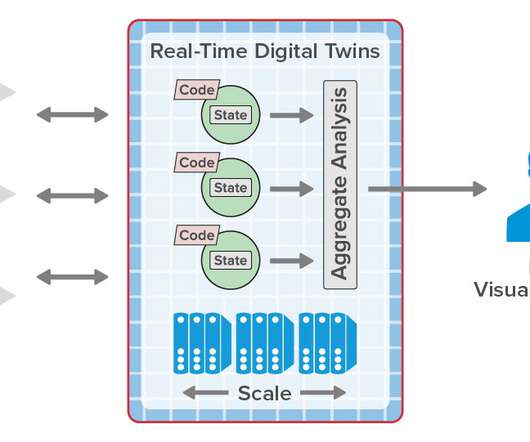



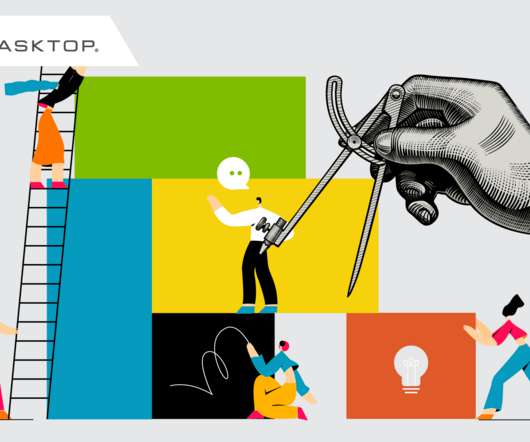










Let's personalize your content